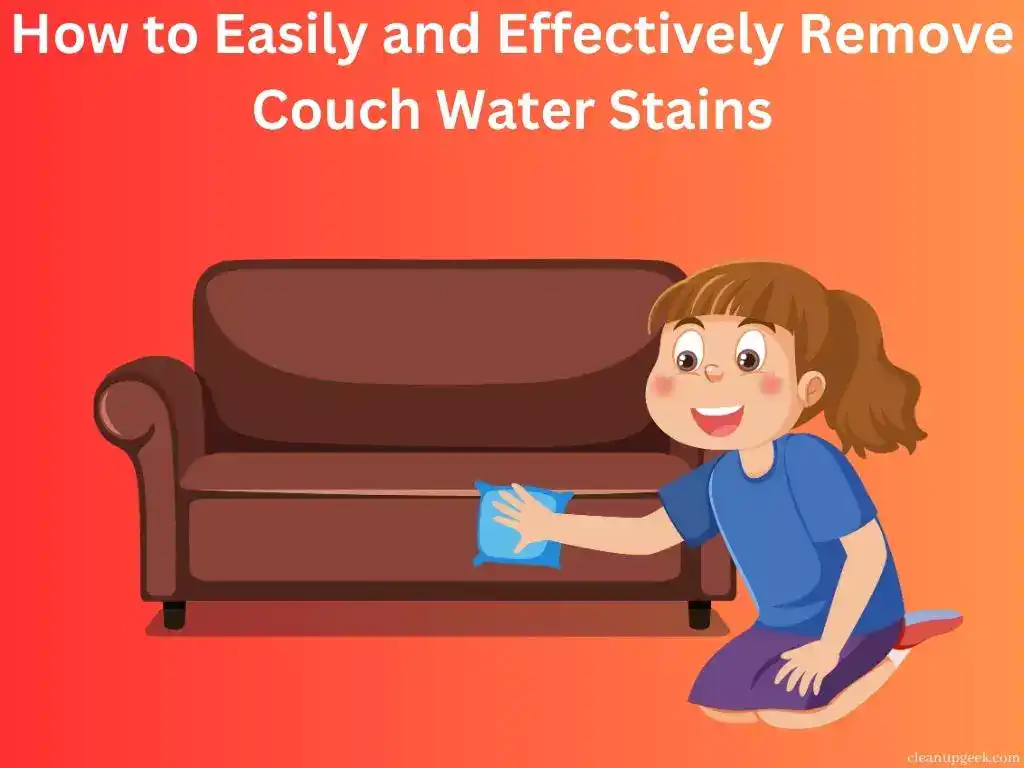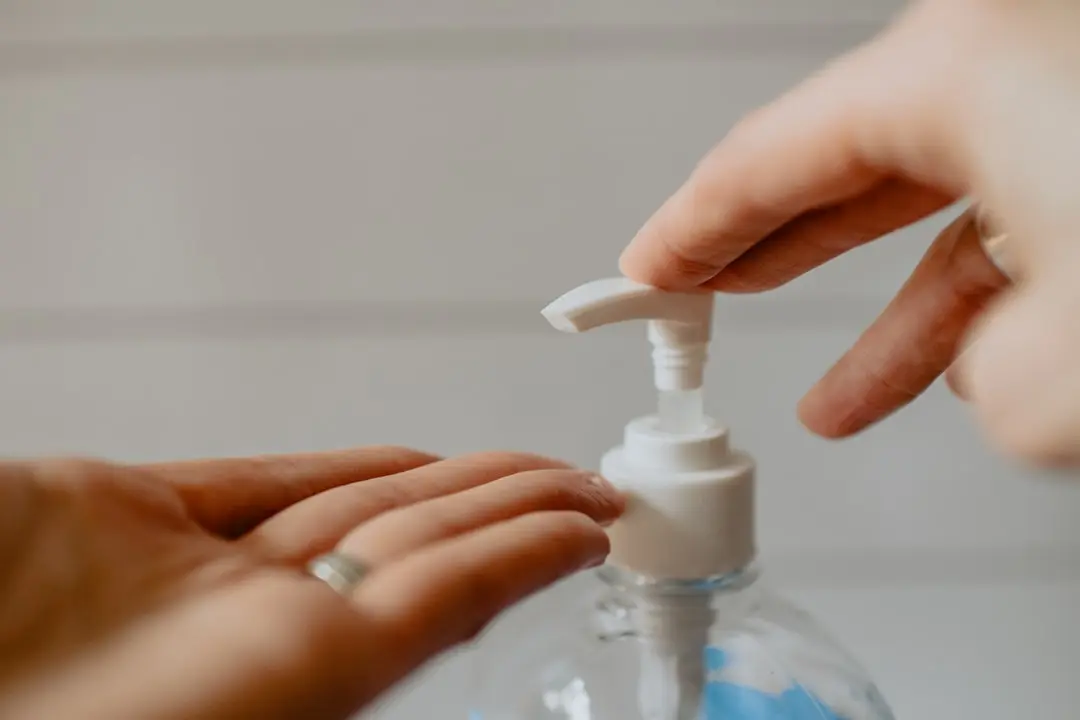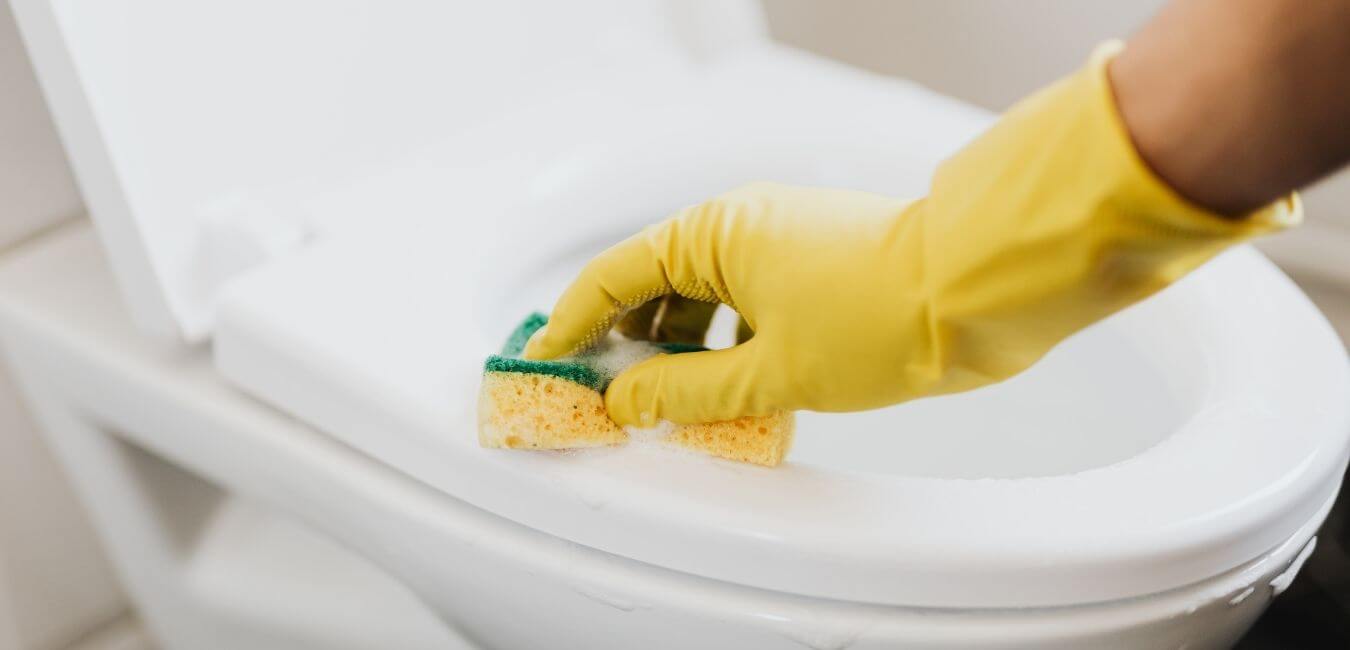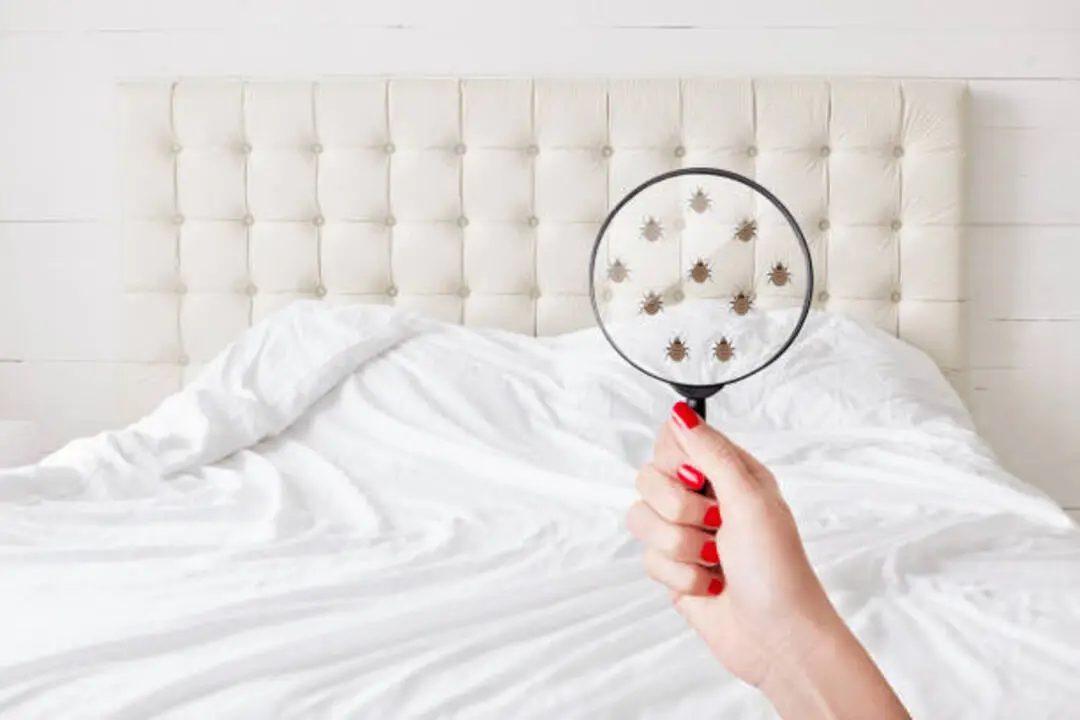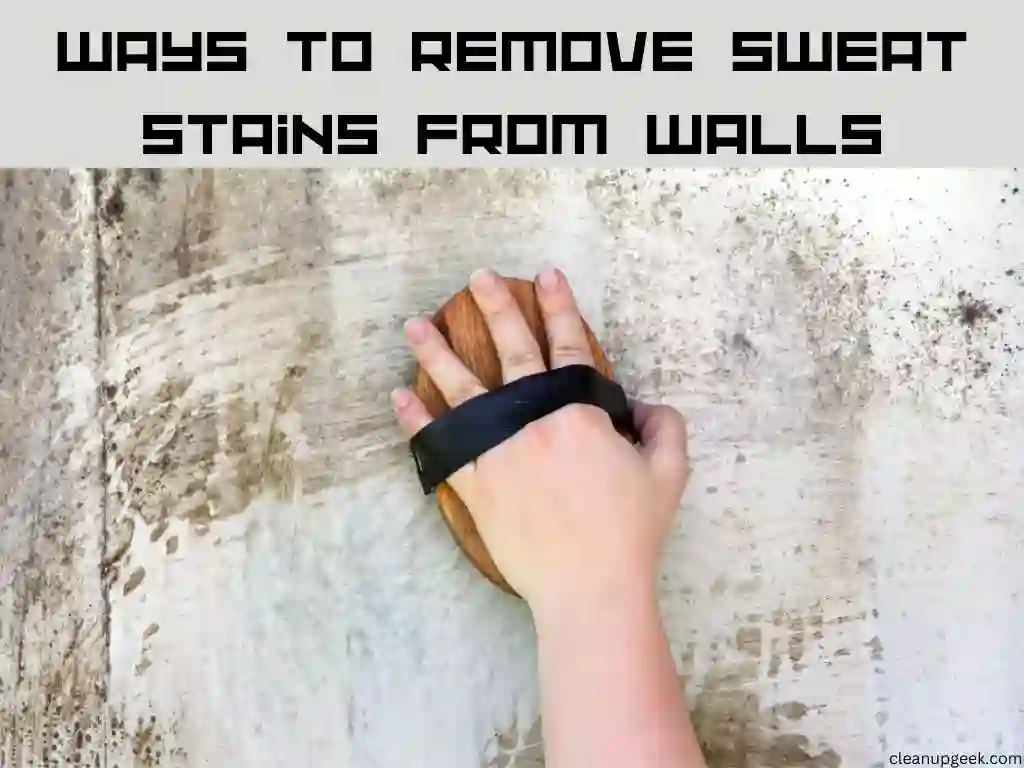Water stains on your couch can be a frustrating sight. When not addressed promptly, these seemingly harmless spots can become tougher to remove and degrade the beauty of your furniture.
This guide will arm you with practical tips and strategies for tackling this household challenge head-on, from understanding the causes of water stains to efficient removal techniques and preventive measures.
Ready? Let’s dive into stain-free living!
KEY INFORMATION
- Couch water stains can be caused by spills, water damage, poorly treated fabric, and a lack of preventive measures.
- To remove couch water stains, blot and absorb excess water, use a mild detergent or stain remover, or consider steam cleaning or professional upholstery cleaning.
- Treating specific types of stains (coffee, wine, and food) requires different methods, such as using vinegar for coffee stains or mild dish soap for wine stains.
- Preventive measures to avoid couch water stains include using protective covers or waterproof fabrics, avoiding eating or drinking on the couch, cleaning spills immediately, and regularly treating and maintaining the upholstery.
Causes and Factors of Couch Water Stains

Couch water stains can occur due to spills and accidents, water damage from flooding or leaks, poorly treated fabric or upholstery, and a lack of preventive measures.
1. Spills and accidents
Spills and accidents cause many water stains on couches. You may spill drinks or food during a fun TV night. Kids can also drop their drinks while playing around the sofa.
If it happens, blot up the liquid quickly with a cloth or paper towel! Do not rub it in! Rubbing only makes the stain go deeper into the fabric.
Work from the outside of the spot to its center if you want to keep it as small as possible.
2. Water damage from flooding or leaks
Water damage from flooding or leaks can cause serious stains on your couch. When water seeps into the fabric, it can leave behind unsightly marks that are difficult to remove. Additionally, if the water is not dried properly, it can lead to mold and mildew growth, which can further damage your couch and pose health risks.
To effectively remove water stains caused by flooding or leaks, you need to address the underlying issue first. Make sure to fix the source of the water damage before attempting any stain removal methods.
Once that is done, you can use a mixture of mild dish soap and warm water to gently blot the stain with a clean cloth or paper towel. Avoid rubbing the stain, as it may spread and make matters worse.
If the stain persists, you may need to consider using a professional upholstery cleaner or steam cleaning method. These techniques will help lift deep-seated stains caused by prolonged exposure to water.
However, be sure to follow the manufacturer’s instructions or consult with a professional regarding suitable cleaning methods for your specific type of upholstery.
3. Poorly treated fabric or upholstery
If fabric or upholstery is poorly treated, it can be more susceptible to water stains. This could happen if the fabric has not been properly treated with stain repellents or protective coatings.
It can also occur if the upholstery has not been cleaned and maintained regularly, making it more susceptible to absorbing water and developing stains. When dealing with poorly treated fabric or upholstery, it’s important to handle any water spills or accidents as quickly as possible to minimize staining.
Using gentle cleaning methods and appropriate stain removal products can help effectively remove the water stains from these surfaces. Regular maintenance and proper treatment of fabric and upholstery can also prevent future occurrences of water stains.
4. Lack of preventive measures
Lack of preventive measures can greatly contribute to the occurrence and persistence of couch water stains. Failing to use protective covers or waterproof fabrics leaves the upholstery vulnerable to spills and accidents, increasing the chances of stains forming.
Additionally, not avoiding eating or drinking on the couch increases the risk of food and beverage spills that can be difficult to remove. Neglecting to clean spills immediately allows them to seep into the fabric, making stain removal more challenging.
Regularly treating and maintaining the upholstery is crucial in preventing water stains from setting in. Finally, not addressing water leaks or flooding promptly can lead to extensive damage and permanent staining on your couch.
Effective Methods of Removing Couch Water Stains
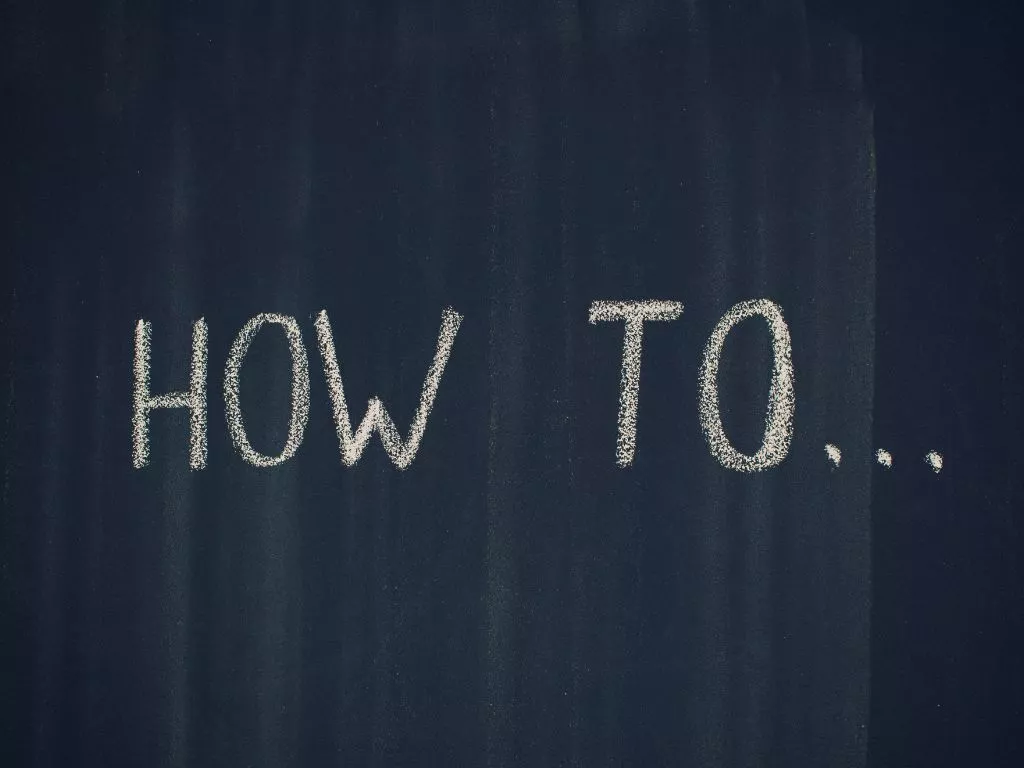
To effectively remove couch water stains, try blotting and absorbing excess water, using a mild detergent or stain remover, and consider steam cleaning or professional upholstery cleaning.
1. Blotting and absorbing excess water
To easily and effectively remove couch water stains, start by blotting and absorbing the excess water. Here’s how:
- Grab a clean cloth or paper towel.
- Gently press down on the stain to soak up as much water as possible.
- Avoid rubbing the stain, as it can spread and make the situation worse.
- Continue blotting until no more water comes out.
- If the stain is still wet after blotting, you can use a dry towel or sponge to absorb more moisture.
2. Using mild detergent or stain remover
To effectively remove couch water stains, you can try using a mild detergent or stain remover. Here are the steps to follow:
- Dilute a small amount of mild dish soap with water.
- Apply the solution directly to the stained area.
- Gently blot the stain with a clean cloth or paper towel.
- Avoid rubbing the stain, as this may spread it further.
- Rinse the area with clean water and blot dry.
- If the stain persists, you can try using a commercial stain remover specifically designed for upholstery.
- Follow the instructions on the stain remover product for best results.
3. Steam cleaning or professional upholstery cleaning
Professional upholstery cleaning, or steam cleaning, is a highly effective method for removing couch water stains. Professional cleaners have the knowledge, experience, and specialized equipment to thoroughly clean your upholstery and remove even the toughest stains.
They use hot steam and powerful suction to deep clean the fabric and eliminate water stains. Steam cleaning can penetrate deep into the fibers of your couch, lifting dirt, debris, and stains from within.
This method not only removes water stains but also helps sanitize and freshen up your upholstery. By hiring professionals for this task, you can ensure that your couch looks its best and remains in top condition for longer periods of time.
4. Treating specific types of stains (coffee, wine, food, etc.)
To effectively treat specific types of stains on your couch, follow these steps:
1. Coffee Stains:
- Blot the stain with a paper towel or clean cloth to remove excess liquid.
- Mix a solution of equal parts water and vinegar.
- Apply the solution to the stain using a sponge or cloth.
- Blot the area again until the stain is lifted.
2. Wine Stains:
- Blot the stain immediately with a paper towel or clean cloth.
- Mix a solution of one tablespoon of mild dish soap and two cups of warm water.
- Apply the solution to the stain using a sponge or cloth.
- Blot the area gently until the stain is gone.
3. Food Stains:
- Scrape off any solid residue using a spoon or dull knife.
- Mix a solution of mild dish soap and warm water.
- Apply the solution to the stain using a sponge or cloth.
- Gently scrub the area in circular motions until the stain is removed.
Preventive Measures to Avoid Couch Water Stains
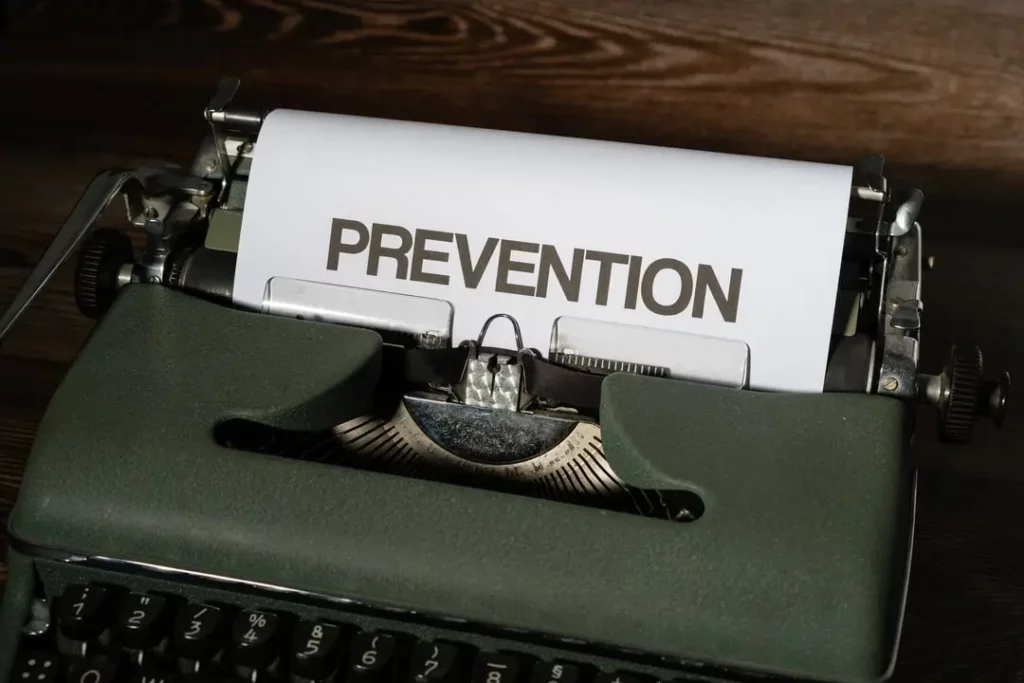
To avoid couch water stains, use protective covers or waterproof fabrics, clean spills immediately, regularly treat and maintain the upholstery, and address water leaks or flooding promptly.
1. Use protective covers or waterproof fabrics
To prevent water stains on your couch, here are some tips:
- Cover your couch with protective covers or use waterproof fabrics.
- These covers can help repel spills and prevent them from seeping into the upholstery.
- Waterproof fabrics are also a great option, as they are designed to resist water damage.
- They can be easily wiped clean in case of any accidents or spills.
- Investing in these protective measures can save you a lot of time and effort in the long run.
2. Avoid eating or drinking on the couch
To prevent water stains on your couch, it’s best to avoid eating or drinking on it. Accidental spills can lead to stubborn stains that are difficult to remove. Instead, use designated areas like a dining table or coffee table for enjoying food and beverages.
This simple preventive measure can go a long way in keeping your couch clean and free from water stains.
3. Clean spills immediately
To effectively remove water stains from your couch, it is crucial to clean up spills immediately. The longer a spill sits on the fabric, the more difficult it becomes to remove the stain.
So grab a clean cloth or paper towel and blot the spill gently. Avoid rubbing, as it can spread the stain further into the upholstery. By acting quickly, you can prevent water stains from setting in and save yourself unnecessary headaches and extra work later on.
4. Regularly treat and maintain the upholstery
To keep your couch free from water stains, it’s important to regularly treat and maintain the upholstery. This will help prevent stains from setting in and make it easier to remove any accidental spills or marks.
One way to do this is by using a fabric protectant spray that creates a barrier against liquids. Simply spray it evenly over the entire surface of your couch and let it dry completely before using.
Additionally, vacuuming your couch regularly will help remove dirt, dust, and debris that can contribute to staining. Lastly, if you notice any small spots or stains on your upholstery, address them immediately by gently blotting them with a clean cloth or paper towel.
Taking these preventive measures will keep your couch looking fresh and stain-free for longer.
5. Address water leaks or flooding promptly
If you notice any water leaks or flooding in your home, it’s important to address them promptly. Water can cause serious damage to your couch and upholstery if left untreated. Not only can it lead to stains, but it can also promote mold and mildew growth.
To prevent this from happening, make sure to fix any leaks or flooding as soon as possible. This may involve calling a professional plumber or addressing the issue yourself if you feel confident doing so.
By taking immediate action, you’ll be able to protect your couch from water damage and avoid costly repairs in the future.
Frequently Asked Questions

1. What causes couch stains?
Couch stains can come from several sources, like tomato sauce, grease, or even water.
2. How can I remove old stains from my sofa?
You can use various methods for removing old or set-in upholstery stains. Spot cleaning is often an effective technique.
3. Is a guide available for stain removal on furniture?
Yes, there are comprehensive guides to help you remove almost every type of stain, including those caused by water on your couch.
4. Do I need special tools for removing water stains?
In some cases, using a stiff-bristled brush may help in cleaning water stains on the couch and other types of upholstery.
5. What do I need to think about when removing sofa stains?
There are key factors to consider when removing the stains, such as the type of fabric and the source of the stain. This leads you towards easy stain removal while caring for your furniture.
Conclusion and final thoughts
In conclusion, removing water stains from your couch can be easily accomplished with the right methods and preventive measures. By promptly addressing spills, using mild detergents or stain removers, and taking steps to protect your upholstery, you can keep your couch looking clean and fresh.
Remember to blot instead of rub when treating stains for better results. With these tips and techniques, you’ll be able to effectively remove water stains and maintain the beauty of your couch for years to come.
